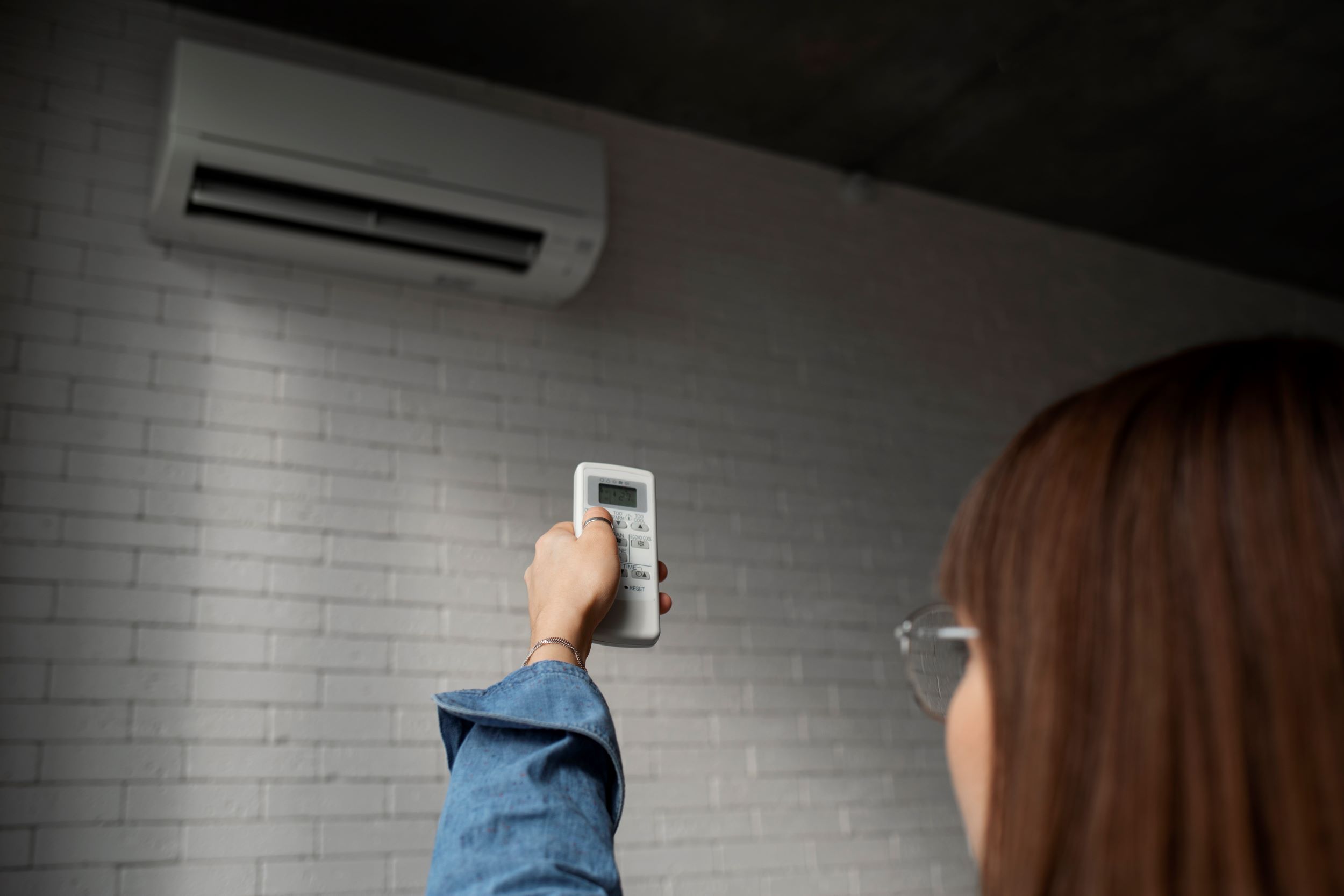As global temperatures rise, many of us are left sweating in our homes, making home appliances like air conditioners a necessity rather than a luxury. These systems immediately relieve oppressive heat, transforming stifling spaces into cool retreats. However, with the increasing reliance on air conditioners, malfunctions can occur, leaving us without the expected cooling. Understanding how your air conditioner works is essential for diagnosing issues and taking appropriate action when problems arise. So let’s equip you with that knowledge!
The Principle of Air Conditioning
The vapor compression cycle—which essentially removes heat from interior air and expels it outside—is the basic idea behind air conditioning. Several important elements cooperating to enable heat transfer make up this process.
Evaporator Coil: The evaporator coil absorbs heat from the indoor air using refrigerant. The refrigerant evaporates from a liquid to a gas as heated air flows over the coil, therefore chilling the air.
Compressor: The compressor draws the gaseous refrigerant after which its temperature and pressure rise. This stage is important since it gets the refrigerant ready for the next phase of the cycle.
Condenser Coil: High-pressure gas travels to the condenser coil outside of the house. Here the refrigerant condenses back into a liquid and releases the absorbed heat to the outdoor air.
Expansion Valve: Before going back to the evaporator coil, the refrigerant travels via an expansion valve, which lowers its pressure and lets it cool down to be ready for the next cycle of heat absorption.
The Cooling Cycle
The running of an air conditioner is mostly based on a continuous cycle maintaining the comfort of your environment. It begins with air intake, wherein room air is pulled into the unit and runs over the cool evaporator coil. The now-cooled air is returned to the room after the refrigerant inside the coil absorbs the heat from the air, therefore making the space considerably more pleasant.
The heat release phase follows, in which the compressor transports heated refrigerant to the outside unit. Here the refrigerant uses the condenser coil to release heat.
The refrigerant then passes through refrigerant recirculation; it cycles back indoors via the expansion valve, cooling and preparing to absorb further heat from the indoor air.
This entire cycle remains running until the inside air reaches the temperature you have selected on your thermostat, therefore maintaining the nice and cool condition of your house!
FAQs
Q: Why isn’t my air conditioner cooling as it should?
If your air conditioner isn’t cooling as it should, it could be due to a few reasons. Maybe the filter is dirty, the refrigerant is low, or there’s an issue with the compressor. It’s a good idea to check the filter first, as a clean filter can make a big difference!
Q: How often ought I replace or clean the air filter?
Every month you should inspect your air filter; at least every three months you should replace or clean it. If you live in a dusty location or have pets, you could have to do it more frequently. A clean filter enhances air quality and guarantees the effective operation of your AC.
Q: What should I do if my air conditioner makes strange noises?
Strange noises can be a sign that something’s not right. If you hear banging, rattling, or hissing, it’s best to turn off the unit and call a professional. They can diagnose the issue and help prevent further damage.


